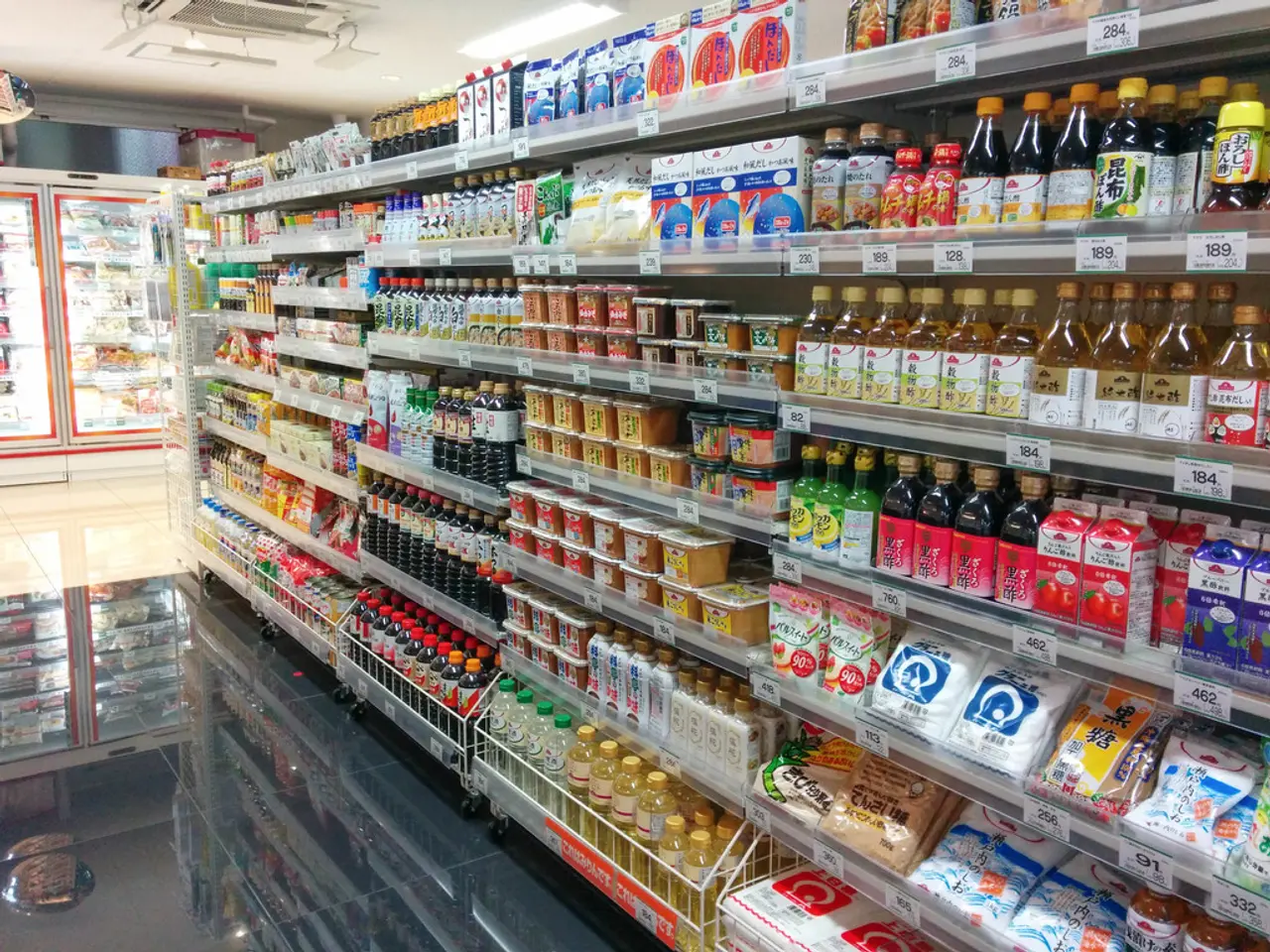Predictions for Physical Retail Shops in 2023?
As retailers navigate the ever-evolving landscape, a focus on adapting to consumer preferences, leveraging technology, and catering to specific demographic and geographic niches is crucial. In 2023, the key trends and strategies for opening and operating a successful brick-and-mortar retail store centre around localization, experience-driven retail, digital integration, and value focus.
Key Trends
- The Resurgence of Brick-and-Mortar Experiences: Despite the rise of e-commerce, physical stores continue to dominate, accounting for about 80.1% of global retail sales in 2024. Consumers, especially Gen Z and Millennials, increasingly value physical stores as places to escape digital overload and enjoy sensory, tactile experiences.
- Value and Convenience Are Crucial: Discount and dollar stores have seen hypergrowth by meeting specific value-focused customer needs, indicating that operating in niche segments with clear value propositions is vital.
- Cross-Shopping and Specialization: Shoppers frequently visit multiple retailer types for different needs. Successful retailers focus on excelling at particular shopping missions or demographic/geographic niches rather than broad market dominance.
- Incorporation of Digital Enhancements: Most younger consumers want physical shopping enhanced with digital tools rather than replaced. Social media influences buying decisions, and a growing share uses AI tools for deal-finding and product discovery, especially around key seasons like back-to-school.
- Stable or Growing In-Store Sales in Select Categories: Categories like beauty and health have seen significant brick-and-mortar growth, outpacing online sales. In 2024, nearly half of consumers preferred shopping for beauty products in person, driving store design and merchandising changes that increase sensory engagement.
Strategies for Success
- Tailor Store Offerings to Target Demographics and Local Preferences: Use data to identify and serve specialized customer segments and local market needs rather than competing broadly.
- Create Engaging In-Store Experiences: Design stores to provide sensory, interactive, and theatrical shopping experiences that digital can’t replicate, such as ambience, product touch, and rich in-store messaging.
- Enhance Physical Shopping with Digital Tools: Integrate social media marketing, AI-powered shopping aids, and flexible fulfilment options to attract tech-savvy consumers and meet evolving shopping behaviours.
- Focus on Value and Private Label Offerings: Recognize that a large portion of consumers look for value and are willing to switch brands, favoring cheaper retailers or private label products.
- Monitor Foot Traffic Patterns and Occupancy: High occupancy rates in retail centres indicate the importance of location and adaptive leasing strategies.
- Prepare for Cautious but Opportunity-Rich Economic Conditions: Retailers should anticipate flat spending levels overall but increased selectivity and value-seeking among consumers, especially in key retail seasons.
In sum, opening and operating a successful brick-and-mortar store in 2023 requires combining localization, experience-driven retail, digital integration, and value focus while acknowledging that physical retail remains a core channel with steady growth and strong consumer demand for tangible experiences.
Other notable trends include the growing importance of QR codes in the retail experience, the need for experiential marketing to build brand equity and increase sales, and the necessity for retailers to empower employees with technology rather than replacing them. Additionally, brick-and-mortar retailers must adapt to technological advances and trends to remain competitive, address process pain points by ensuring smooth application submission and connection to the right department, and constantly search for ways to improve the in-store experience and provide value to customers.
Lastly, the pandemic has led to a greater fear of risks, infections, and other threats related to out-of-home experiences, so customer protection can make or break their in-store shopping experience. Consumers are driven by both the quality of the product and the shopping experience itself, and the standard checkout experience is becoming obsolete, with mobile PoS equipment reducing long lines and customer frustration. Successful online businesses may choose to open a brick-and-mortar store to boost brand awareness and diversify income sources, but transitioning from an online presence to a physical location might not always generate the intended long-term effects.
- In the upcoming year, the focus for opening a successful brick-and-mortar retail store will be on the integration of digital tools to enhance physical shopping, catering to the preferences of tech-savvy consumers.
- For retailers looking to retain consumers in the home-and-garden industry, it is crucial to provide engaging in-store experiences that offer tangible, sensory interactions, as shoppers still value the tactile experience of visiting a physical store.
- To thrive in the finance or lifestyle sectors, stores should tailor their offerings to specific demographic and geographic niches, and use data to identify and serve specialized customer segments and local market needs.
- In the technology industry, retailers can benefit from leveraging technology to empower employees and improve the in-store experience, addressing process pain points and ensuring smooth connection to the right department.




